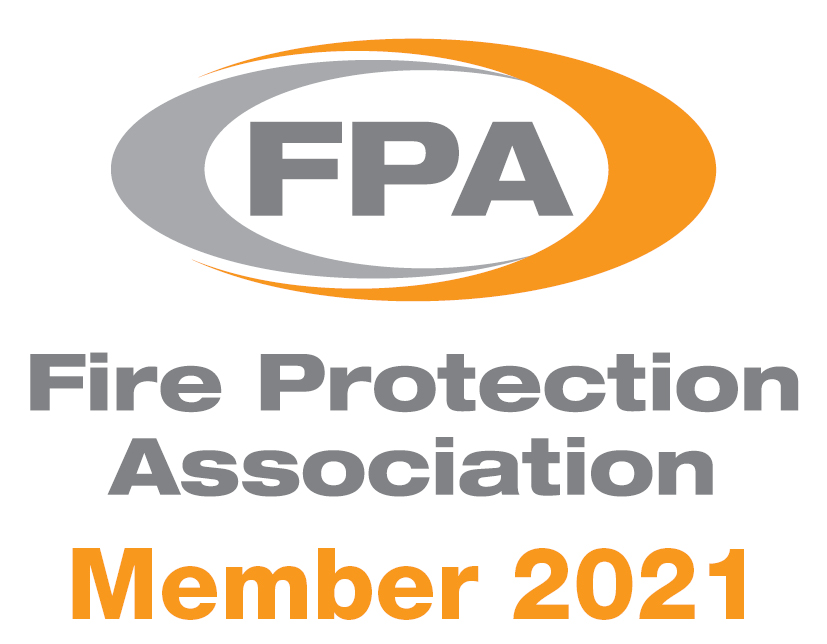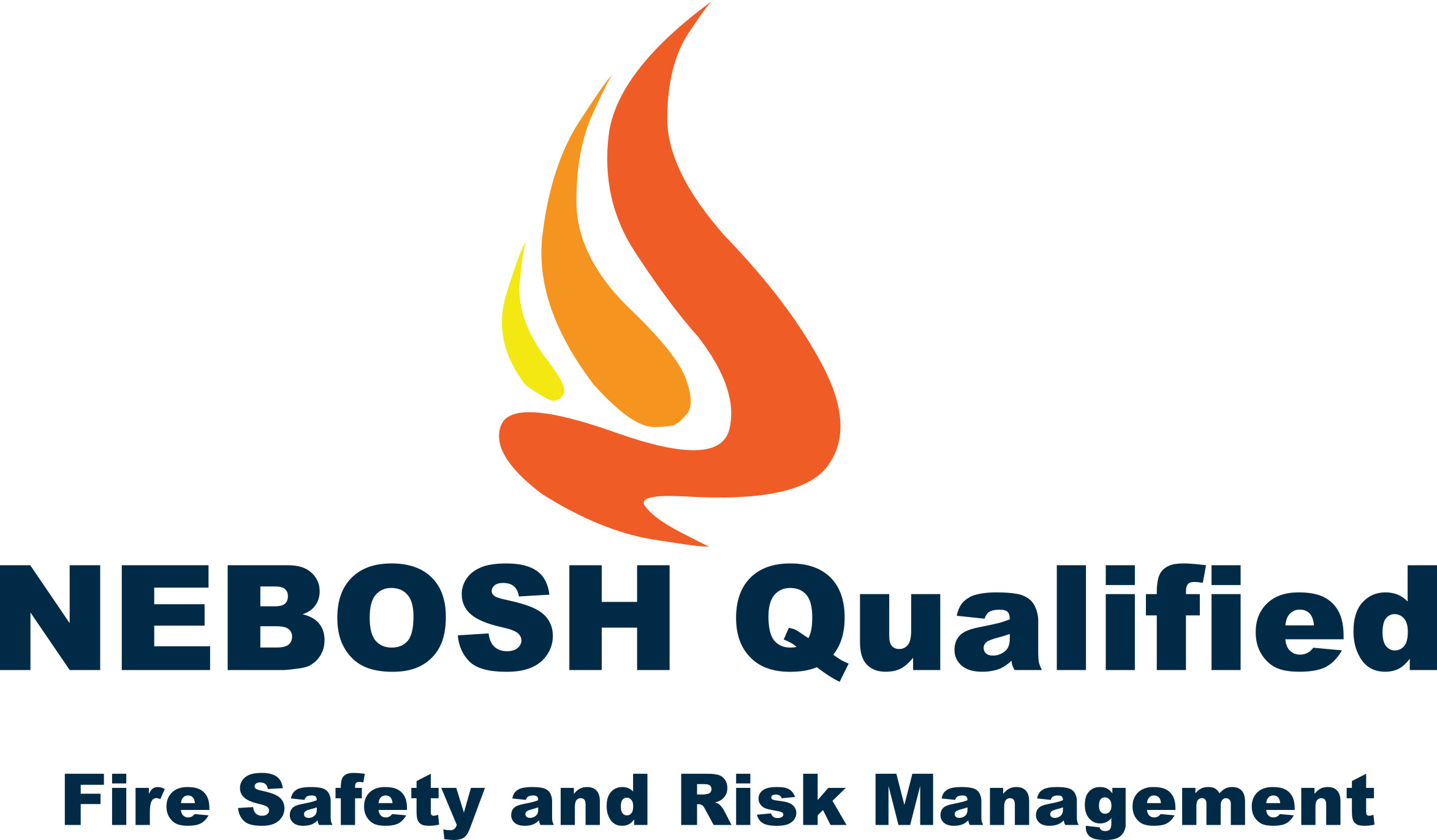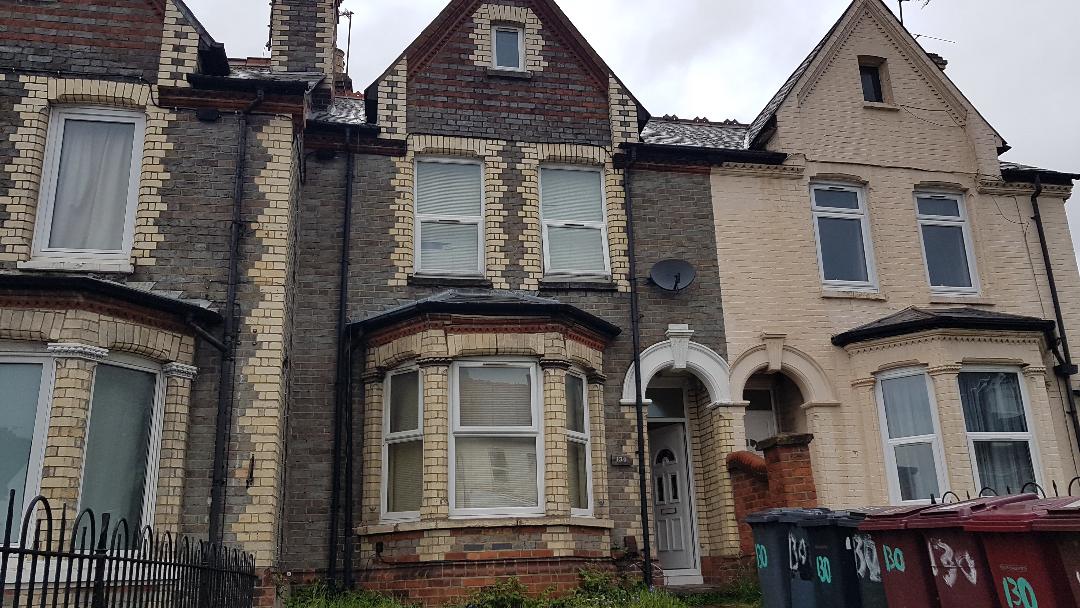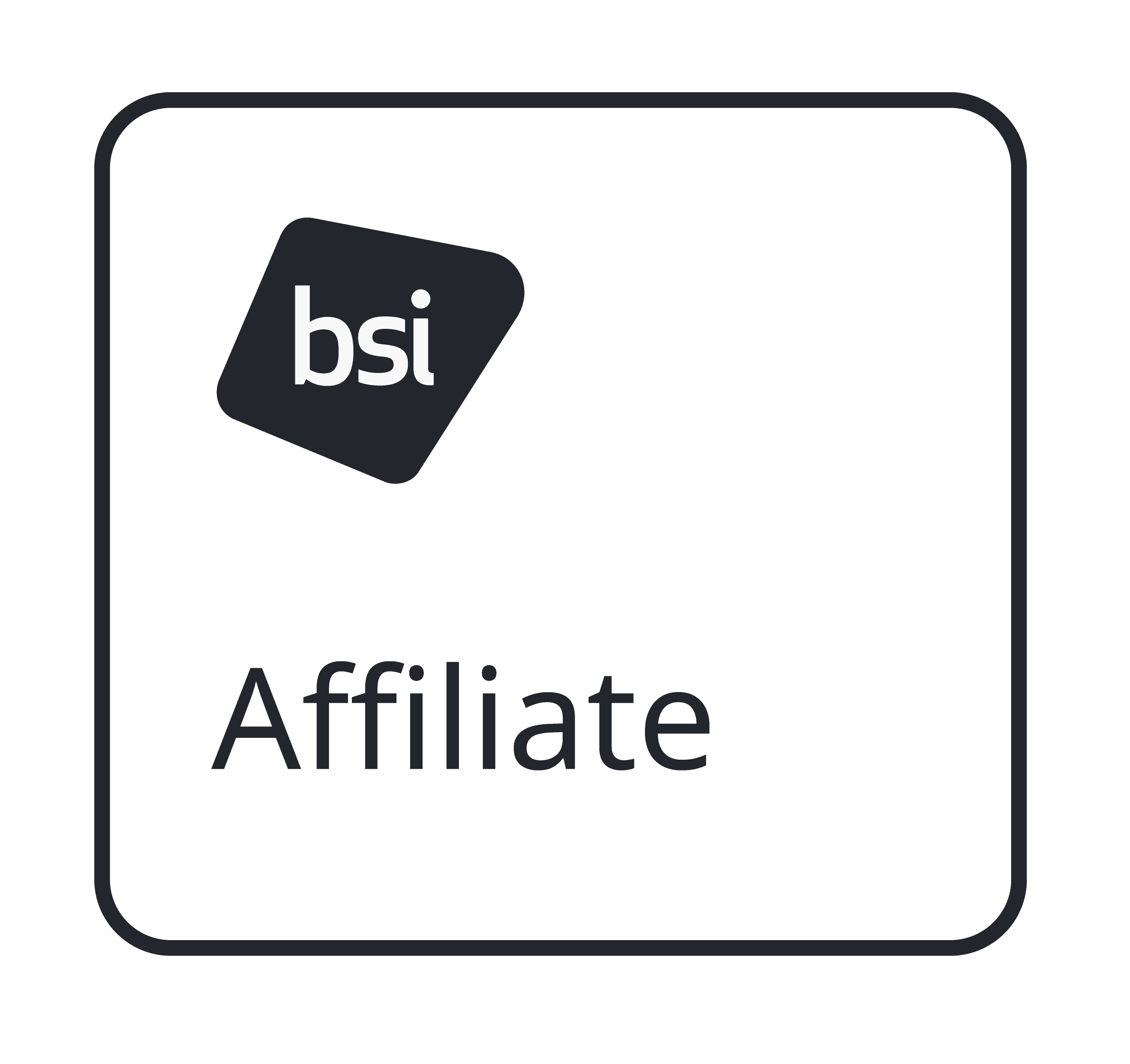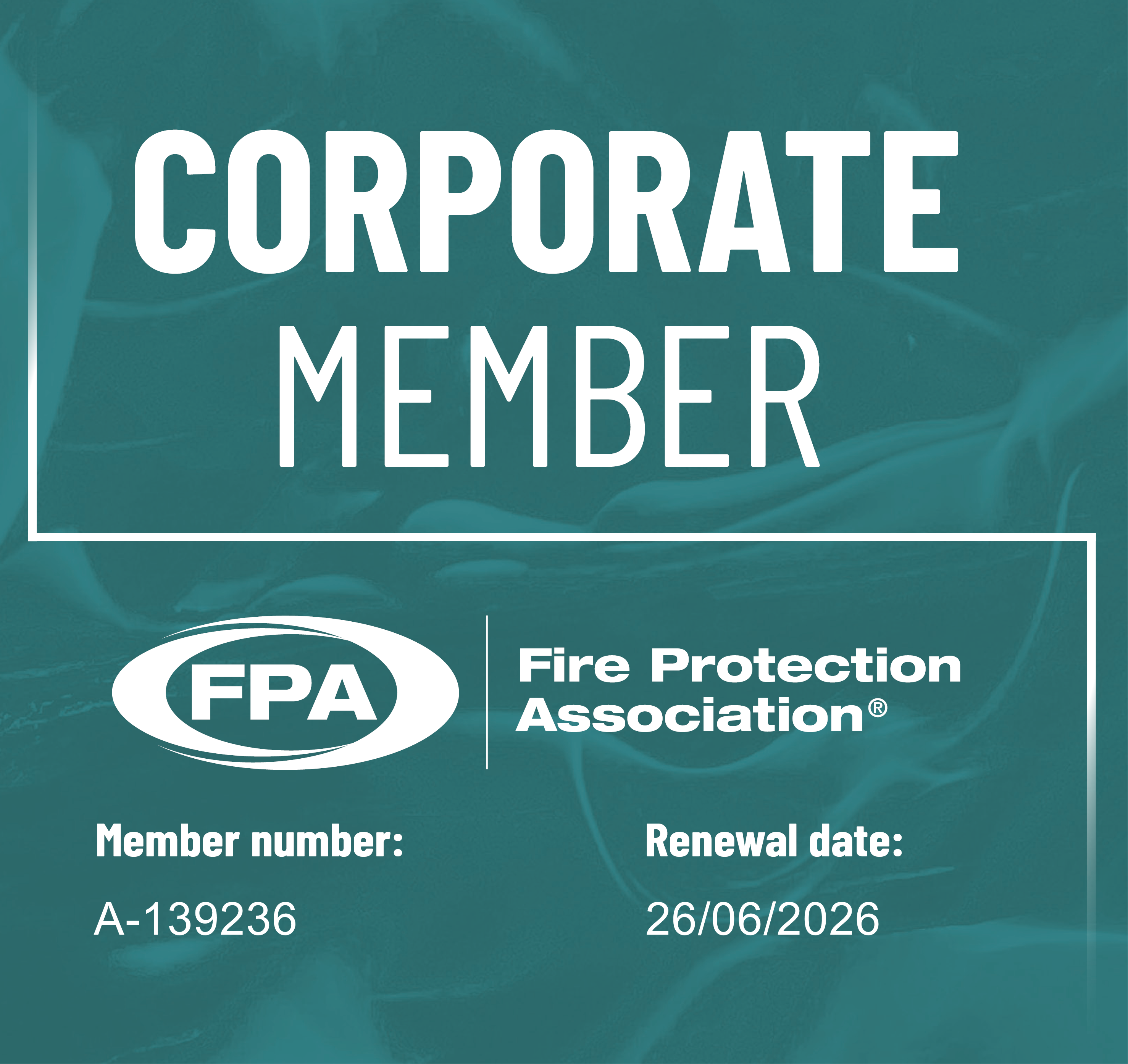
Ensure Compliance with the Fire Regulations
Online Quotation
Located Solihull, Birmingham Area.
Main areas covered include - Coventry, Stoke, Nottingham, Leicester, Stafford, Shrewsbury, Telford, Milton Keynes, Oxford, Luton, Uxbridge, Hemel Hempstead, Banbury. Gloucester, Wolverhampton, Worcester, Northampton, Derby, Hereford
See Genuine Valid Google Customer Reviews Below
Fire Alarm System and Fire Warning Requirements
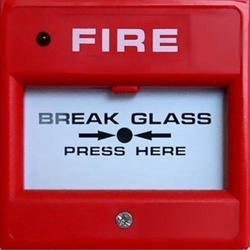
Fire alarm system and fire warning requirements will obviously vary considerably depending on the type and fire risk of the premises. When carrying out a Fire Risk Assessment it is recommended that the fire alarm system or fire warning method be chosen from the systems and methods below.
* Verbal warning - Shout of fire. In a small, open plan premises, with low levels of ambient noise, and where all the exits can be easily seen, it may be appropriate to rely on the people in the premises to detect the fire and shout a warning to be heard by others to evacuate the building.
* Manually operated individual fire alarm, for example a rotary gong, hand bell or whistle. This is the simplest type of fire alarm system and the limitation is the size of the building as it needs to be clearly heard by all the occupants and conveniently located. Some are portable and could therefore be prone to loss or theft.
* Self contained fire alarm, with Call Point/Sounder. Stand alone Call Points which operate a local alarm are available. They are an improvement on the manually operated individual fire alarm as the individual does not have to remain in the area once the alarm has been operated. As with manual alarms, audibility of of any one alarm must be sufficient to give warning throughout the building or workplace.
* Manual electrical fire alarm system with Call Points and warning devices.The fire alarm Manual Call Point is the standard method of operation for a fire alarm system which which allows occupants within the building to manually operate the fire fire alarm system. Ensure that all staff know how to operate the system to avoid error or delays because of concerns on how to use it. Manual Call Points should be sited so they are visible, and with signage including the Fire Action Notice.
Call Points are normally positioned 1.4 metres above floor level on escape routes/fire exits. The maximum distance a person has to travel to reach a Call Point should not exceed 30 metres (direct distance) or 45 metres (actual distance).
* Automatic fire alarm system with Call Points , detectors and warning devices. The majority of serious fires occur at night when people are not present to deal with them. During day time many large fires start in parts of the building which are infrequently visited such as store and plant rooms. In fact if fires could start in any part of the building without being discovered by any occupants at any time then an automatic fire alarm system will most probably be required. An automatic fire detection system is designed to detect fire without human intervention.
* Staff Fire Alarm System (Double Knock System) This fire alarm system permits an investigation period following activation of an automatic fire detector, prior to operation of fire alarm sounders. Staff alarms that incorporate such an investigation period are now quite common in large, complex and well-managed buildings that are protected by a high number of smoke detectors. The staff alarm arrangement may apply at all times or only at certain times of the day, such as normal working hours; in this case, the system is also a time-related system.
Fire Alarm System Categories
Commercial fire alarm systems are generally designed and installed to BS5839-1-2017 specification which involves larger premises such as offices, hotels, residential care homes, industrial buildings etc. The system may be installed to satisfy one or both of two principal objectives which are protection of life and protection of property.
There are three main types of fire alarm system types - M, L and P
For full Category details see - Fire Alarm Categories
For HMO Fire Alarm Systems see - HMO Fire Safety
